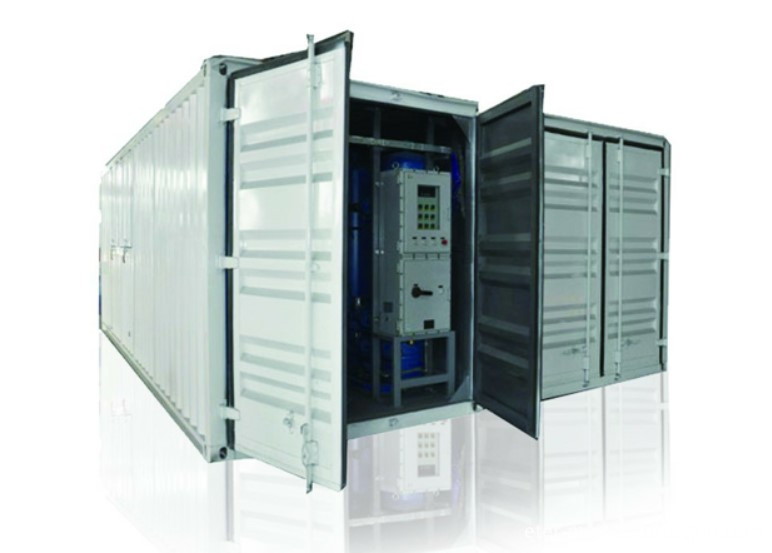2, the procurement of raw materials. The first is bacterial species, and no genetically modified strains should be used. Second, the raw material requirements, first, the use of organic certified raw materials, such as organic certified wheat, the straw can be used for organic mushroom cultivation, and need to indicate the certification number; the second is the use of ecological raw materials, such as the trees in the primeval forest Wood chips after processing. Again, materials and accessories, such as plastic bags, should use materials that meet the requirements of organic foods. 3, base material formulation and processing. Generally, tap water that meets the drinking water standards in towns and cities can be used. When self-provided wells are required, relevant departments should be inspected, and normal groundwater, reservoir water, etc., must not be used. Ingredients should be scientifically designed according to the cultivar, and no chemical fertilizers, chemical drugs, etc. can be added arbitrarily. 4, germs management and operation. The treatment of the bacteria-producing place can be sprayed and disinfected with bleaching powder, etc., and the bacteria bag can leave the ground and be cultured in a shelf type. Training rooms should adopt pest control nets, black light and other pest control. Other operations can be performed as usual. 5, fruiting management and finishing. Disinfection of the mushroom shed can be referenced to the bacteria chamber, and lime powder can be applied on the ground; the mushroom shed can be cleaned according to the cultivar and cultivation mode, and cleaned thoroughly and ventilated, using 5-15% lime supernatant. Spray walls, floors, and proper ventilation; moisturizing water should meet drinking water standards; no illicit drugs, hormones, etc. should be used; latex gloves should be worn when harvesting; tools, containers, etc. should be disinfected with alcohol or lime solution beforehand. When batch harvesting, hands should be washed with soap before operation; after harvesting, concentrate on the processing workshop to sort out, remove the residue of base material carried by the base of the stipe, and perform classification and packing; After being ventilated, the wall surface and the ground may be sprayed with a 10% lime aqueous solution, and after the natural drying, the product may be temporarily stored. 6, the transport requirements. General fresh mushroom transportation can adopt warm-keeping vehicles and turnover containers. There must be no oil, pesticide or other chemicals in the compartments, and no vehicles can be shared with other non-organic foods.
Compressed air is purified through the air dryer and filters to a certain level for main plant to work with. Air buffer is incorporated for smooth supply of compressed air thus to reduce fluctuation of compressed air source. The plant produces oxygen with PSA (pressure swing adsorption) technology, which is a time proven oxygen generation method. Oxygen of desired purity at 93%±3% is delivered to oxygen buffer tank for smooth supply of product gas. Oxygen in buffer tank is maintained at 4bar pressure.
With a cabinet for small capacity or container for big capacity, all the parts can be involved in, and removable with a vehicle.
Removable Oxygen Generator Removable Oxygen Generator ,Oxygen Production Machine,Oxygen Breathing Apparatus,Oxygen Facility Hunan Eter Electronic Medical Project Stock Co., Ltd. , https://www.eter-tech.com
1, site selection and control. The selection of sites must be kept away from common crop fields such as fields, chemical plants, hospitals, garbage dumps, and farms, as well as dusty areas such as mines, coal yards, and ceramics, and no pesticides have been used in the past two years. After the determination of organic mushroom cultivation plots, cultivated varieties, production quantities (yield), etc., need to be strictly controlled, and organic food marks are used according to the actual yield at the time of sale.